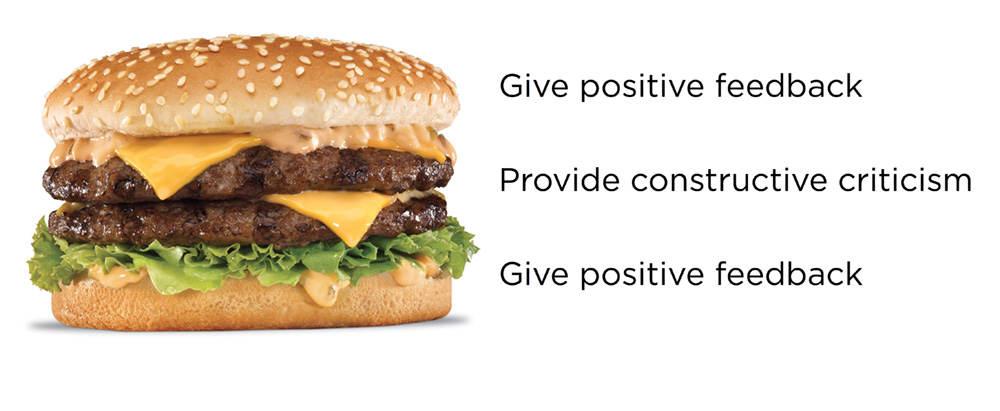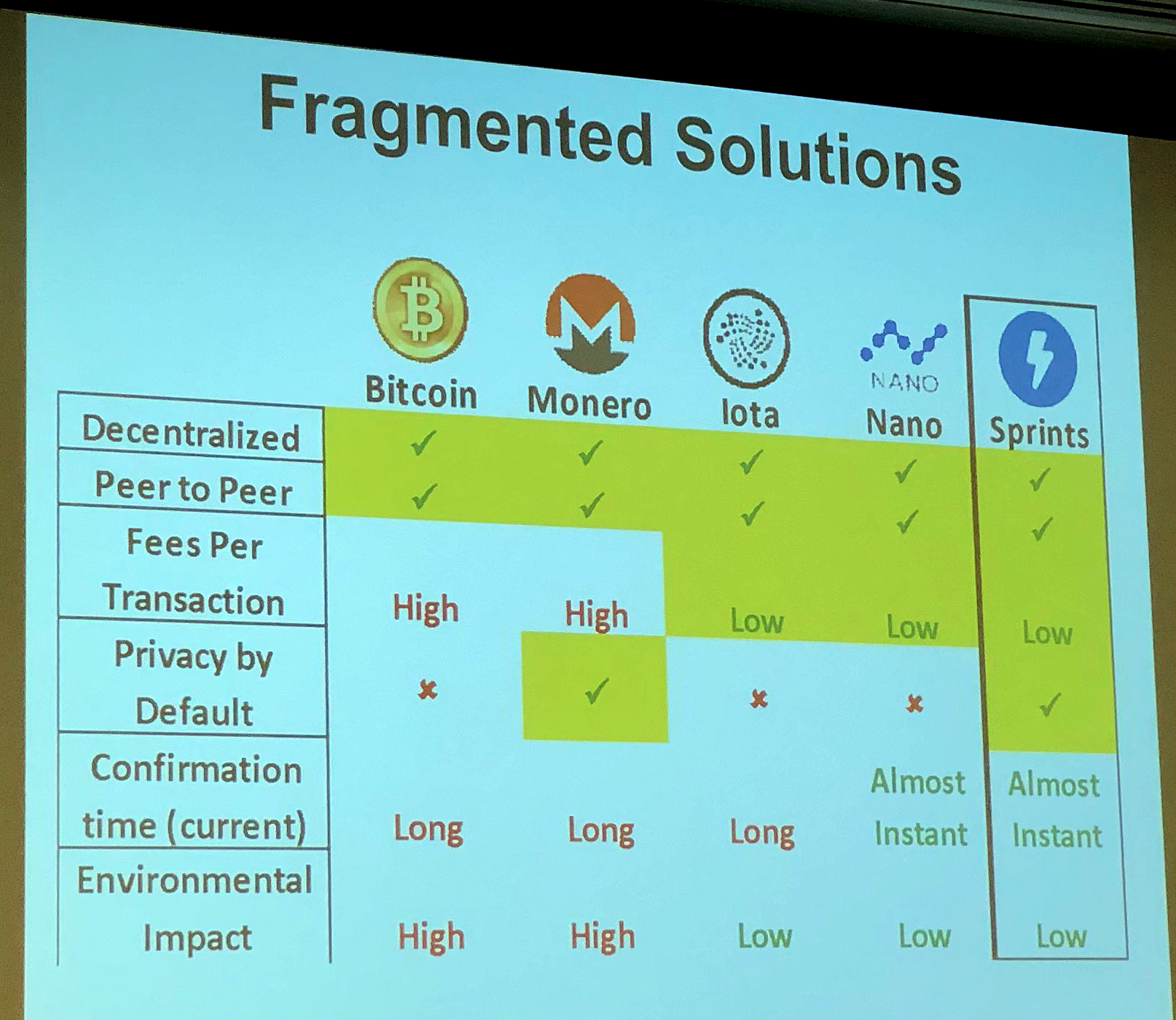Feedback sandwich
Написал тут заметку по-английски об особенностях критики в США

Criticism is good. It helps people improve their work. When a designer is told that the interface they created is not convenient, they improve it and create a better product. When a programmer is told that their feedback form is not functioning, they fix it and it works. The world gets better, thanks to criticism.
But there is a problem: it can be hard to accept criticism as it might look like a personal insult. This kind of criticism doesn’t help and only causes communication problems that might lead to bigger failures and dissatisfaction.
This problem is even more dangerous when you give feedback to your colleagues. We often assume that colleagues are thick-skinned and accept any criticism easily because they know you well. But in reality your colleagues are more vulnerable. They probably value your opinion and want to look good in your eyes. And if your colleague nurses a grievance against you after you criticized their work, it can not only interfere with your work but also spoil the atmosphere around the team. Therefore, you should be especially attentive when evaluating your colleagues’ work.
Cultural traditions
Cultural differences can influence the communication process. I am from Moscow, and before I came to GroupVisual.io, I worked for a number of Russian companies. It is in Russian business tradition to express criticism directly with the use of harsh language and, sometimes, rudeness. For example, your colleague might tell you, “What the hell is this? It is not based on proximity theory,” referring to your work of the last couple of days. Or, “This is really bad. The data is not sorted well and the results are in the folder that cannot be seen.” Such criticism from a senior colleague or manager is very useful. It is concise and concrete and it helps you improve your work if you are used to this approach. But such criticism can hurt and discourage a new person who is not familiar with this communication style.
Working at GroupVisual is my first professional experience in the US. When I started, I was not familiar with the American tradition of business communication. On my first week, I saw a design of an application and out of habit I said something like, “Why have you designed the menu this way? It will look much better if moved up and arranged differently.” Immediately I felt that something was wrong and my new colleagues felt puzzled by my comment (to their credit, they really tried to hide their emotions).
That night, I told a friend that it seemed to me that my colleagues thought I was being rude at work. My friend then told me about the feedback sandwich, a technique that most Americans use in their business practice even if they don’t know what it’s called.
Feedback sandwich
The sandwich or the “compliment sandwich” is a technique for giving interpersonal feedback. This method suggests that when providing someone with an evaluation, you should start by making positive statements, then discuss areas for improvement, and you should finish with more positive statements or compliments about one’s work.
1. Give positive feedback
Start off with positive feedback—authentic praise of something your colleague did recently.
Find good and honest words to compliment a person’s work.
2. Provide constructive criticism
To make criticism work for you, you should always explain what is it exactly that you are concerned about and why you think the suggested solution is not the best one.
Examples of productive criticism:
— You can click on the button but nothing happens. It seems like the form isn’t sent.
— From the text it is not clear what the diagram refers to. The user might think it is a diagram of payment and not a diagram of income.
— Due to the use of different units, it is not clear how the indexes can be compared.
You should always criticize work and never a person. Do not try to hint that the responsible employee is incompetent. Accepting criticism is hard, as any criticism claims you didn’t do a good job on your assignment. It is important not to worsen the situation by giving an arrogant comment. If you criticize, always explain your position. Make a suggestion.
If you know how to improve the work you are not happy about, suggest how to make it better. Regardless if your suggestion is right or wrong, if it will or won’t be implemented, if you know or don’t know all the details — just say it. If you know how to improve something — suggest your opinion.
3. End on a positive note
Even if you are not happy with the result of someone’s work, after you expressed your criticism, find some good words to compliment your colleague’s effort and work. It can be a general or a specific comment, but it is important to end any meeting on a good note.
Use it wisely
When you use this technique, you shouldn’t praise someone’s work more than you criticize it and you should not give empty praise. The feedback sandwich should only be used as a framework for providing healthy, constructive feedback to maintain an open and friendly team atmosphere.
I find the feedback sandwich technique to be effective and encouraging. I think that praise motivates people better than the plain criticism. Now I am using this approach with both American and Russian colleagues and I see that people are more receptive to my comments. I believe that this technique works with everyone regardless of nationality or cultural differences.


Илья! Отличная статья, я применял только первые два слоя, и не знал, что оказывается нужен заключительный и позитивный третий. Буду применять.
Но вот статья на английском в русском блоге кажется чужеродной. Все на русском, потом бам и на английском. Даже сейчас пишу комментарий и думаю на каком языке писать?
Статья полезная, спасибо. Публикуй на Медиум, там легко можно перенести.
Could you, pls, write more about your experience and add some personal advises. It’s interesting and good to know the differences. Continue writing articles in English, so more people can practice their skills some times ;).
In EU we also using method «face to face» in the sauna :)